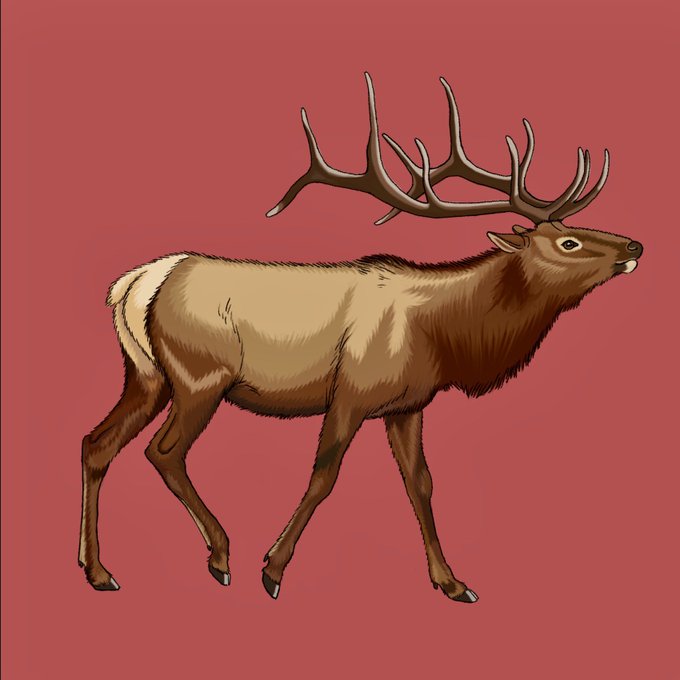2020EBEのTwitterイラスト検索結果。 8 件
The Silver-studded blue (Plebejus argus), a #heathland specialist, requires early-successional vegetation and a continuous supply of young heather for food and shelter. Check this site for more information:
https://t.co/IP2Jxmp3Ey
#2020EBE #Procreate
Heathlands are of great ecological value. They are home to many rare and/or endemic species such as sand lizards, smooth snakes & tiger beetles (drawings below). People and dogs are often a cause of disturbance, dog’s faeces can alter the nutrient composition of the soil #2020EBE
This is a Cicindela campestris saphyrina, #endemic to the small island island of San Pietro, #Italy. Compared to the other Cicindela campestris, this is the rarest, least studied and only subspecies with an electric blue coloration #2020EBE
Digital art on #procreate
Here some #ungulates (hoofed mammals). They divide in odd-toed (eg. Przewalski's horse) or even-toed (rest of drawings: red deer, elk and boar). Ungulates are typically herbivorous & use specialised gut flora to digest cellulose. Few are omnivorous (eg. boars and pigs). #2020EBE
For my digital art I use #procreate (if you like drawing you should try it) 🎨🦢 here are some bird drawings I’ve been working on recently. In order: European Spoon bill, Great white pelican, Black- crowned night heron and Western Capercaillie #2020EBE
Larger bees learn about highly rewarding flowers, travel greater distances and harvest large amounts of nectar. Smaller bees invest less effort in learning about flowers and stay closer to the nest 🐝 #2020EBE
Drawings I have done this weekend for a university project (the last is still a work in progress). Together with my group we are planning on creating a rewilding game that will teach and engage young people! #2020EBE



















